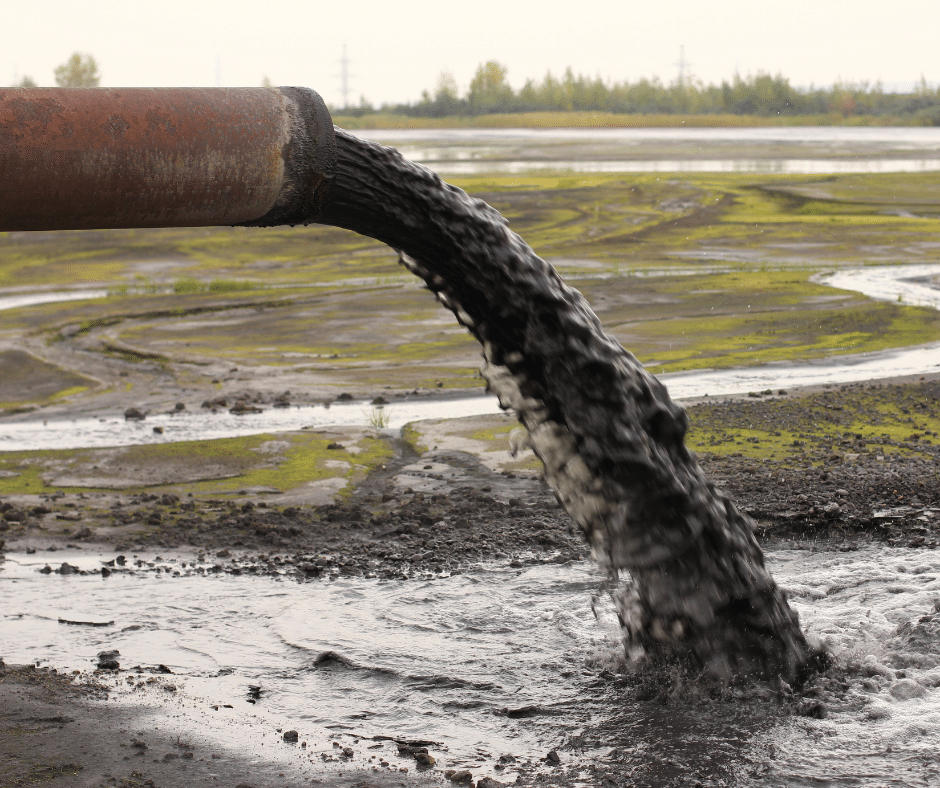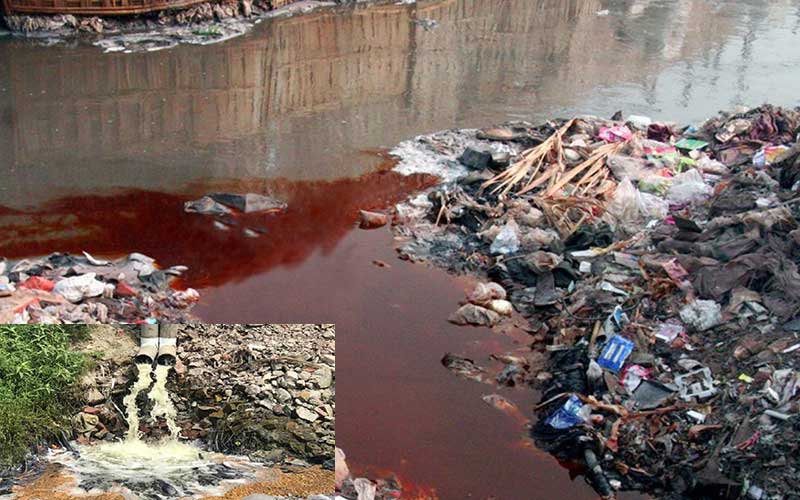Professional Liquid Waste Removal Melbourne: Quick and Cost Effective Services
Wiki Article
How Fluid Waste Disposal Works: A Detailed Review of Strategies and Technologies Employed

Review of Liquid Waste Types
The complexity of liquid waste types necessitates a thorough understanding of their characteristics and effects for disposal. Liquid waste can generally be classified right into numerous types, including industrial, metropolitan, agricultural, and hazardous waste. Each classification displays distinctive homes, needing specific monitoring techniques to reduce environmental and health dangers.
Industrial liquid waste originates from producing processes and typically includes a series of impurities, such as hefty steels, solvents, and organic compounds. Municipal liquid waste, largely making up wastewater from families and industrial facilities, includes organic matter, nutrients, and pathogens (industrial wastewater treatment). Agricultural liquid waste, including drainage from ranches, might consist of plant foods, chemicals, and pet waste, posturing risks to water high quality and ecosystems
Hazardous liquid waste is identified by its poisoning, sensitivity, or prospective to cause damage. Understanding these diverse liquid waste kinds is essential for creating reliable disposal techniques and making certain conformity with environmental guidelines.
Physical Therapy Methods

Testing is the preliminary step, where bigger particles and debris are removed from the liquid waste utilizing displays or grates. In sedimentation containers, much heavier fragments resolve at the base, forming a sludge layer, while the made clear fluid can be further treated.
Purification is another crucial method that includes passing the fluid with porous materials, such as sand or membrane layers, to catch smaller sized particles. This step boosts the top quality of the liquid, making it suitable for subsequent treatment processes.

Chemical Treatment Strategies
Chemical treatment strategies are necessary for efficiently managing liquid waste, particularly in dealing with dissolved and colloidal contaminants that physical approaches may not sufficiently get rid of. These methods utilize various chemical representatives to reduce the effects of, speed up, or transform unsafe materials into much less damaging kinds.One common approach is coagulation and flocculation, where chemicals such as alum or ferric chloride are included in advertise the aggregation of put on hold bits. This procedure boosts sedimentation, enabling for much easier elimination of the resulting sludge. Additionally, oxidation processes, using agents like chlorine or ozone, are utilized to damage down intricate natural compounds and microorganisms, rendering the waste more secure for discharge or additional therapy.
Neutralization is an additional important strategy, which readjusts the pH of acidic or alkaline waste streams to neutral degrees, stopping potential damage to downstream systems and the environment. In addition, advanced oxidation procedures (AOPs) use mixes of oxidants and ultraviolet light to deteriorate persistent toxins, accomplishing a higher degree of therapy performance.
Organic Treatment Procedures
Organic therapy procedures play a crucial duty in the that site administration of liquid waste by utilizing microorganisms to break down organic issue and decrease impurity degrees. These procedures can be generally classified into cardiovascular and anaerobic treatments, each using particular microbial neighborhoods to accomplish effective waste deterioration.Cardiovascular therapy entails making use of oxygen to promote the breakdown of organic materials by microorganisms. This procedure is frequently applied in triggered sludge systems, where aeration tanks provide a favorable setting for microbial growth, leading to the oxidation of organic pollutants. The resultant biomass can be separated from go to this website dealt with effluent via sedimentation.
On the other hand, anaerobic therapy happens in the absence of oxygen, depending on various bacteria to damage down natural matter. This technique is specifically helpful for high-strength waste, as it creates biogas, a renewable power source, while reducing sludge manufacturing. Technologies such as anaerobic digesters are regularly employed in community and industrial applications.
Both cardio and anaerobic biological treatments not only decrease the ecological influence of liquid waste however also assist in resource recovery, making them important components of lasting waste administration strategies. Their effectiveness, efficiency, and versatility support their prevalent application throughout different fields.
Emerging Technologies in Disposal
Cutting-edge strategies to liquid waste disposal are rapidly developing, driven by advancements in innovation and a raising focus on sustainability. Amongst these emerging innovations, membrane bioreactors (MBRs) have actually acquired grip for their capacity to combine biological therapy with membrane filtration, leading to top quality effluent that can be recycled in different applications. MBRs allow smaller sized footprints and more reliable procedures contrasted to conventional systems.One more appealing advancement is the usage of anaerobic food digestion integrated with nutrient recuperation innovations, which not just treats fluid waste but likewise creates biogas and recoups valuable nutrients like nitrogen and phosphorus. This double advantage boosts source efficiency and reduces ecological effect.
Additionally, advanced oxidation procedures (AOPs) are being taken on for the deterioration of intricate organic toxins. These methods make use of powerful oxidants and stimulants to break down contaminants at the molecular degree, offering a highly efficient option for difficult waste streams.
Moreover, the integration of man-made knowledge and machine discovering in waste management systems is maximizing functional effectiveness and anticipating upkeep, causing reduced prices and enhanced ecological compliance. These modern technologies reflect a significant shift towards more lasting and efficient fluid waste disposal techniques.
Final Thought
In final thought, effective fluid waste disposal requires an extensive understanding of various techniques and innovations. The assimilation of physical, chemical, and biological treatment techniques guarantees the efficient administration of diverse waste kinds. In addition, the emergence of innovative technologies boosts therapy effectiveness and advertises sustainability in waste management methods. By continuously advancing these methodologies, it comes to be feasible to resolve the expanding obstacles connected with liquid waste, eventually adding to environmental management and resource recovery.Liquid waste disposal is a critical aspect of ecological monitoring, calling for a detailed understanding of numerous strategies and technologies tailored to various waste webpage types. Fluid waste can extensively be categorized into several types, including industrial, community, agricultural, and unsafe waste. Agricultural fluid waste, consisting of runoff from ranches, might have plant foods, pesticides, and pet waste, presenting risks to water top quality and environments.
Numerous physical treatment methods play an important role in managing fluid waste successfully - industrial wastewater treatment.In verdict, effective liquid waste disposal requires an extensive understanding of various strategies and modern technologies
Report this wiki page